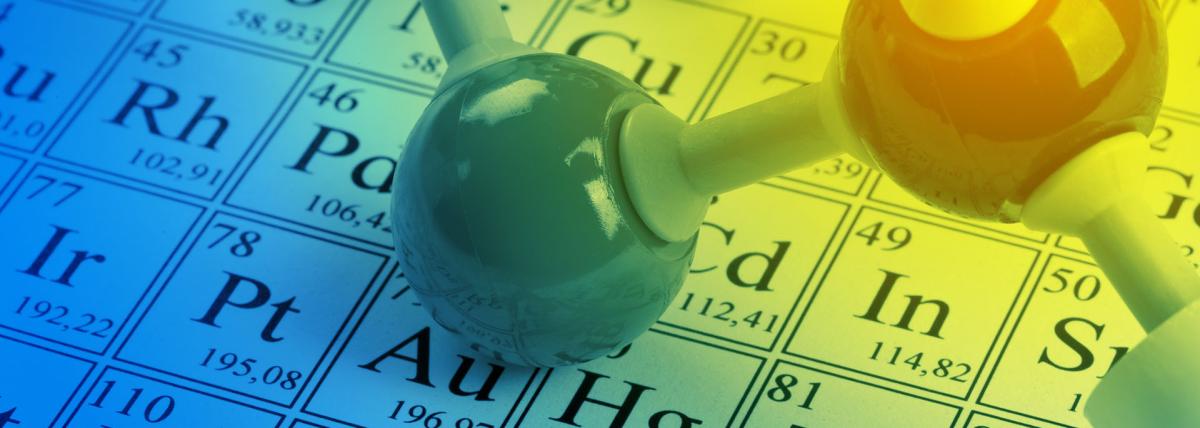Grades:
5th Grade, 6th Grade
This is a lesson plan made to target the fifith grade standard on how noncontact forces impact one another. It can be adapted to grades 5-12. Students will explore magnetism and polarization, research
Grades:
3rd Grade
The lesson objective is to develop an enduring understanding of desert plants (especially cacti), conduct photosynthesis, and how their structures function to help them survive in the desert. An
Grades:
5th Grade
This 5th grade lesson incorporates Mad Lib, micro:bits and learning how to code on Makecode.org. This lesson is teacher directed to walk students to add variables and text value. Students will use
Grades:
2nd Grade
This 2nd grade lesson incorporate the book, We are Water Protectors by Carole Lindstrom, and Ozobots. Students will discuss the beginning and ending of the story and discuss how characters respond to
Grades:
7th Grade, 8th Grade, 9th Grade, 10th Grade, 11th Grade, 12th Grade
Students will use projectile motion as practical example to better understand how parabolas (quadratic equations) are built. Students will also tabulate x and y values on Google Spreadsheets and graph
Grades:
6th Grade, 7th Grade, 8th Grade
Middle school students love to compete. Here's a lesson idea for a competition that will appeal to your student scientists, artists, and poets alike. Standards and connections are offered for middle
Grades:
2nd Grade
This lesson uses a children's literature book called Rosie Revere, Engineer. The lesson is designed to support ELA standards along with Math and SEPs. (Science and Engineering Practices) The initial
Grades:
4th Grade, 5th Grade
This lesson on nanotechnology for 4th and 5th graders introduces students to the concept of scale by exploring the incredibly small measurements used in nanotechnology. Through engaging activities
Grades:
5th Grade
In this lesson, students will explore scientific principles through the literature, Hidden Figures, about four black women who defied the limitations of segregation to become NASA's historic
Grades:
9th Grade
This is a cash cow lab experiment, students are going to apply their experiment at the lab. it's a biotech labs that uses the fact that molecules of different sizes move at different speeds
Grades:
9th Grade, 10th Grade, 11th Grade, 12th Grade
The goal of this module is to learn about the production of musical sounds through the vibrations in stringed instruments. The module is expected to take place over approximately 4 class periods.
Halt, Who Goes [in/out] There? Structure and Function of the Cell Membrane in Different Environments
Grades:
7th Grade
The purpose of this lesson is to engage 7th-grade students in a hands-on investigation of how salt concentrations affect plant cells. By exploring the process of osmosis, students will gain a deeper
Grades:
6th Grade, 7th Grade, 8th Grade
Students will begin by brainstorm and designing a cardboard shell for a remote control car. They will practice iterating on their designs, troubleshooting the process, measuring the cardboard and
Grades:
9th Grade, 10th Grade, 11th Grade, 12th Grade
Students pull wooden "sleds" with different masses on them over various types of surfaces with spring scales (force meters) to calculate the different coefficients of friction. Students graph the data
Grades:
4th Grade, 5th Grade, 6th Grade
This activity is designed to give students an introductory lesson into measurement. Students will pick out a LEGO creature, measure the creature, then use 3D design software like TinkerCAD to design
Grades:
6th Grade
This ADI lesson plan engages students in the process of inquiry and argumentation, helping them develop a deeper understanding of the movement of constellations in the sky through hands-on
Grades:
8th Grade
The lesson looks at three driving questions: Is there an association between human height and wingspan? How can analyze a set of data to determine associations between these two variables? How can we
Grades:
Kindergarten, 1st Grade, 2nd Grade, 3rd Grade, 4th Grade, 5th Grade, 6th Grade, 7th Grade, 8th Grade
Most students are likely familiar with popular films like Happy Feet, Surf’s Up, Penguins of Madagascar, and classic books like Mr. Popper's Penguins. Capitalizing on this familiarity with penguins
Grades:
3rd Grade
Students compare the structures and functions of traits that enable organisms to survive in a specific environment. Analyzing the traits of animals provides evidence for how those traits vary, how
Grades:
7th Grade
Learning the difference between the two cells while learning the function and structure of both cells and creating an analogy and drawing on canva to help students remember.
Grades:
8th Grade
Uncover the fascinating world of soil electrical conductivity with this engaging experiment. Students will measure the electrical conductivity of various soil types to identify which one boasts the
Grades:
4th Grade, 6th Grade
Students learn about renewable and nonrenewable energy sources using a free resource. They are assigned a particular resource such as solar, coal, biomass ,etc. and they become an expert on that
Grades:
7th Grade
Students will learn the parts of a microscope, the importance of them and how to use them to view specimens.
Grades:
9th Grade, 10th Grade, 11th Grade, 12th Grade
A high school physics lesson plan asking students to use guided inquiry and discover how current moves through series and parallel circuits. Students then share their results by using technology to
Featured Lesson Plans
Check out these notable lesson plans.

Featured
Shelter From the Sun
Grades:
Kindergarten
Kindergarten students explore earth materials to find out how the sun and other heat sources change their temperature. The students use what they learn in order to choose earth materials that would be

Featured
OMG! Empirical Formulas
Grades:
9th Grade, 10th Grade, 11th Grade, 12th Grade
Students will discover the Empirical Formula for the synthesis of Magnesium and Oxygen through a laboratory experiment in which they will react Magnesium Ribbon with atmospheric Oxygen by super

Grades:
6th Grade, 7th Grade, 8th Grade
In this lesson, students will explore the concepts of gear ratios and proportions. They will construct a working gear system and observe how the ratio between gears affects their motion. They will use


